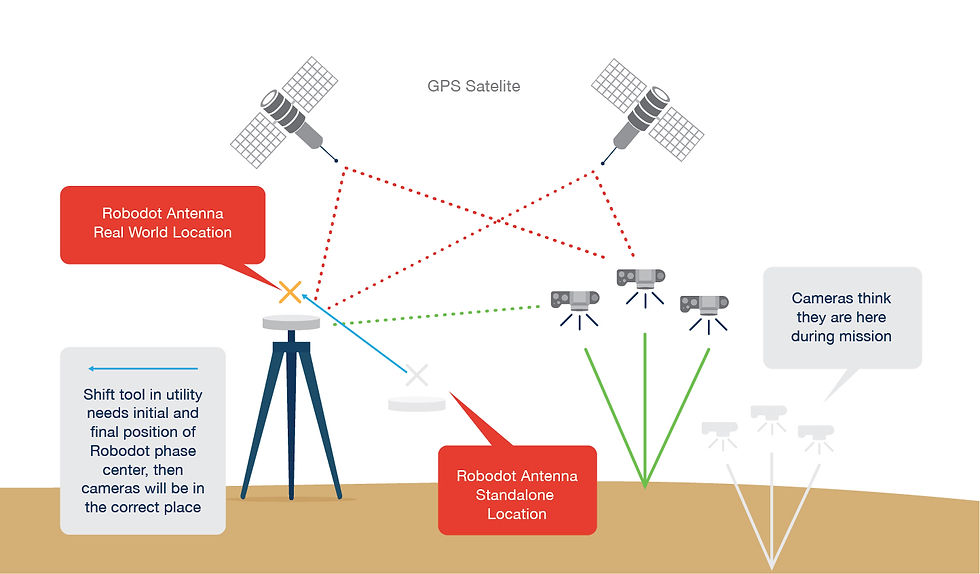A Beginners Toolbox for Measurement
- Antonio Liska

- Sep 1, 2021
- 2 min read
Updated: Sep 22
Whether your specialty is in Mapping, Surveying, or Geographic Information Systems - if you use GPS\GNSS for measurement, the tools covered in this post can enable efficient workflows and shorten project timelines.
OPUS
Online Positioning User Service (OPUS) by the US National Geodetic Survey is a free tool for obtaining accurate coordinates using static observation data. Simply collect observation using a RoboDot receiver or any capable GNSS device then upload a RINEX file to OPUS. The system uses the nearest base stations to compute an accurate coordinate of the GNSS. OPUS is currently a GPS-only solution but it has become a standard method of Precise Point Positioning (PPP) over the years. Reference our post on how to map a site without a control point to discover more.
UFCORS
User-Friendly CORS (UFCORS) by the US National Geodetic Survey is another free tool that makes it easy to download RINEX data from public Continuously Operating Reference Stations (CORS). The tool comes in handy when post-processing GNSS data in rover or base modes. In a Rover mode, for example, RoboDot or capable GNSS devices can collect observation data while the operator moves in the field, without the need for a local base station, virtual reference stations, or radio links. After the operation, base station data can be taken from a CORS site and post-processed in conjunction with the data from the GNSS to produce accurate coordinates.
NCAT
NGS Coordinate Conversion and Transformation Tool (NCAT) also by the US National Geodetic Survey is a free tool that makes it easy to transform or double-check a transformation from one coordinate reference system to another. NCAT is quite flexible, allowing conversions from different formats and vertical/horizontal datum transformations. It also allows for uploading multiple points in a text file format for batch processing. Best of all, NCAT is a free coordinate calculator. NCAT lets you quickly convert WGS-84 coordinates to state plane or UTM. It's a handy tool for working with RoboDot which primarily outputs coordinates in WGS-84. Our "Unorthodox" post is an example of NCAT usage for batch processing.
QGIS
QGIS is an open-source geographic information system. This software has a ton of capability and it's free! QGIS can easily bring in GPS rover shot files from RoboDot into a map view. From there drawing features and measurement tools can be applied. QGIS even has a python scripting interface for more complex tasks. There are too many features to detail here, but if you are getting started in GIS, you may consider studying this piece of software.



Comments